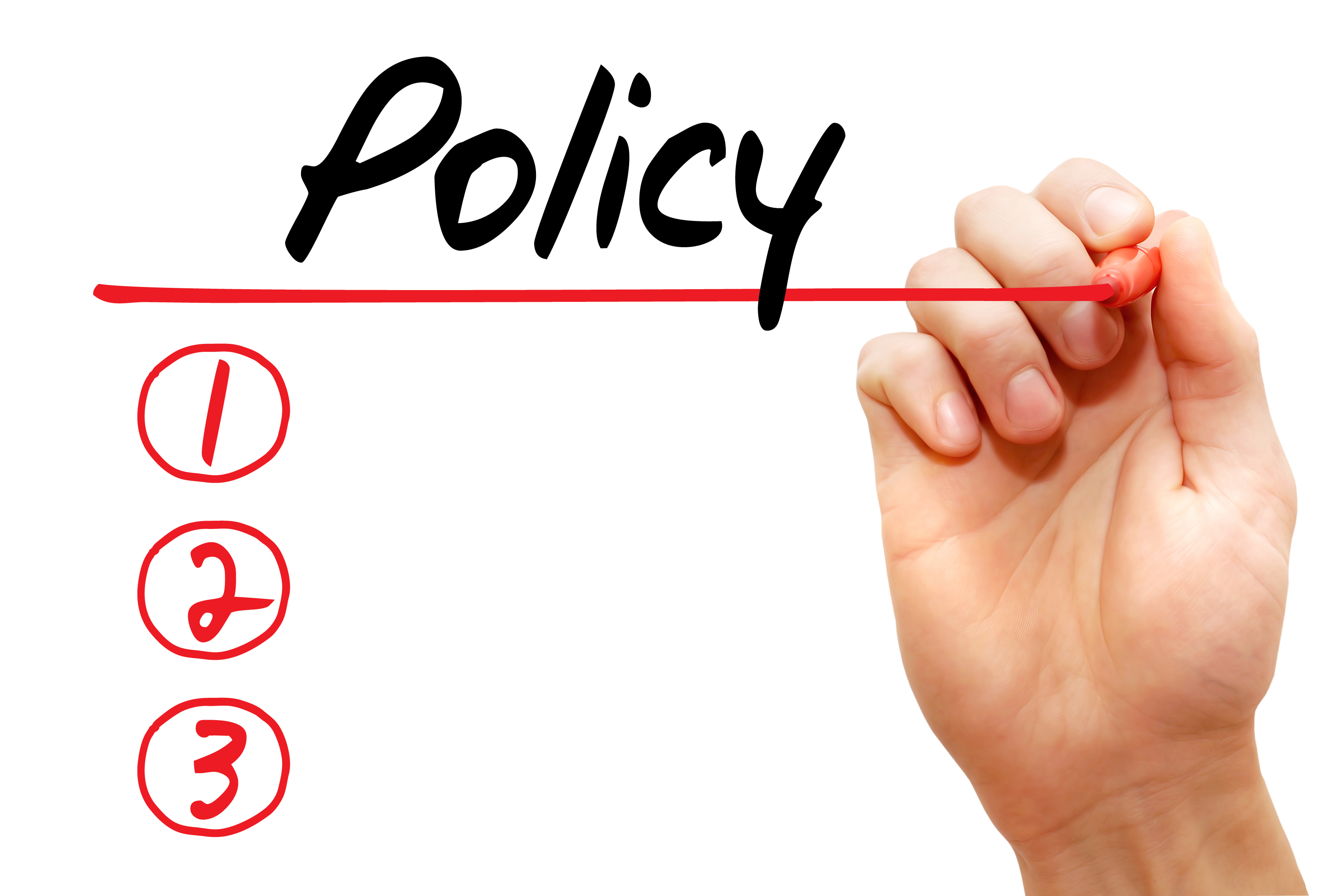
Lone workers face the same health and safety risks as any other worker. The difference is that being alone increases the risk that an accident can have more severe consequences if help is not readily available or the worker is incapacitated.
The lone working policy and procedure's purpose is to ensure workers are adequately protected against the risks identified in the risk assessment. The policy will lay down the employer's responsibilities to provide a safe working environment and the worker in following safe working practices. Both employer and worker share the responsibility for protecting the health and safety of the worker.
Why do I need This lone working policy and procedure?
The Health and Safety at Work Act 1974 imposes a duty of care on employers to ensure their employees' health, safety, and welfare as far as is reasonably practicable. This includes providing safe systems and a safe working environment. The results of the lone working risk assessment will inform how this duty of care is implemented.
What do I need to consider?
The most crucial point to start with is that the workers following the policy and procedure must understand what they are being asked to do and why they need to do it. Workers buy-in is essential if the policy and procedure are to be effective. The best way to achieve this is to involve workers in writing and reviewing the documents.
This includes ensuring instructions are proportionate, workable and sensible. The policy should be as concise, clear and straightforward as possible, with no ambiguity or scope for misinterpretation of wording.
The Lone Working Procedure should be produced in the form of a series of steps that need to be followed for a lone worker to work safely.
What is included in My lone worker policy?
First, the policy will need to define what a lone worker is, so everyone clearly understands who the policy applies to and why.
Next, the policy should summarise the results of the risk assessment to inform all interested parties of both the possible threats and the measures put in place to reduce risks.
Then, the policy should identify all stakeholders and layout their responsibilities. These will include the employer and their obligations to provide a safe working environment, define safe working practices, and provide any equipment needed to follow the procedures. The workers will have responsibilities regarding their behaviour and actions, following working practices and reporting requirements.
Finally, the policy should summarise what actions the parties should take if an incident or accident should occur.
What is included in my lone working procedure?
First, the procedure will need to precisely define who it applies to and if there any exclusions. For example, the procedure may apply to lone workers working for the employer, be that permanent or temporary employment, but not necessarily third-party contractors who should have their own safe working arrangements.
Then, the procedure should identify the specific responsibilities of the stakeholders as specified in the policy. This should be in sufficient detail to ensure employers provide a safe working environment, workers follow safe working practices, and health and safety representatives monitor for any potentially unsafe practices and investigate reported incidents and near misses.
The procedure should set out specific guidelines for workers to follow to reduce risks as best as practically possible. These typically include requirements to check in at regular intervals, mechanisms for remote monitoring of worker activities, use of special equipment to mitigate risks of incapacitation and any special arrangements needed for lone working. This section will be driven by the risk assessment results. The steps will be informed by any products and solutions that have been acquired to reduce the risks. These can include:
- Alarm buttons can summon help in an emergency. Typically they communicate using mobile phone networks, wireless networks or even satellite links in remote locations. The lone worker can manually activate alarms as a call for help or automatically start if the user is incapacitated.
- Phone apps can provide an alarm facility using existing smartphones, in place of bespoke equipment that needs to be carried, ideal as long as the smartphone has network connectivity.
- Bespoke radio or IP DECT are available to provide point-to-point secure communications and remote monitoring capabilities if the worker is in a hazardous environment that requires constant alarm monitoring.
- Lone Worker systems that can monitor the movement of lone workers within a facility and identify unusual behaviour such as sudden incapacity or a fall from height.
Finally, where the risk assessment has identified any activities that cannot be safely performed by a lone worker, these need to be clearly detailed to prevent inadvertent unsafe practices.
Lone Worker Policy Template
The following template lists the typical sections for an industry sector agnostic lone worker policy.
Document Revision History
List of versions summarising changes made and date issued
Introduction
Overview of the purpose of the policy document
Scope
Definition of who the policy applies to
Definitions
Definition of all key terminology used in the policy, including lone worker, lone working, and risks.
Duties and Responsibilities
List of specific duties and responsibilities, including any health and safety legal responsibilities for all applicable stakeholders. These would typically include:
- Directors
- Senior Management
- Line Managers
- Lone Workers
- Health and Safety Advisors
Legislation and Regulations
A summary of all relevant legislation and regulations, listing any specific requirements that the policy must comply with and demonstrating how compliance is achieved
Risks to Lone Workers
Summary of the findings of the risk assessment, including all identified control measures that must be in place for the assessment to be valid and recommendations for lone working procedures
Lone Working Process
List of the lone working activities that are covered by the policy document and that must be covered by the lone working procedures
Lone Working Environment
List of the lone working environments/locations that are covered by the policy document and that must be covered by the lone working procedures
Incident Management
Requirements for incident reporting processes for implementing corrective actions
Compliance Monitoring
Requirements for policy compliance monitoring processes and procedures
Training and Awareness
Writing down the policy and procedure is the first step, but they won't be effective if they sit on a shelf to be given to new employees to read on their first day and never referred to again. Employers need to ensure that workers understand the policy and procedure and appreciate their importance. Before a worker undertakes their first lone working assignment, a brief training session should be followed up with periodic refresher awareness training, possible as part of broader health and safety awareness.
Policy and Procedure Review
Once the policy and procedure are in place, the story doesn't stop there. They must be regularly reviewed to see if they can be improved or if any changes to the workplace or working practices will affect them. They must be treated as living, evolving documents.
Conclusion
Creating a lone working policy and procedure may initially appear daunting, but in practice, the content becomes clear as long as the purpose is understood. The policy will explain the responsibilities of the various people involved in protecting lone workers. The procedure will set out the steps that these people need to follow to successfully follow the policy. The key is for everyone to remember that the purpose of these documents to make lone working safe and efficient practice.





